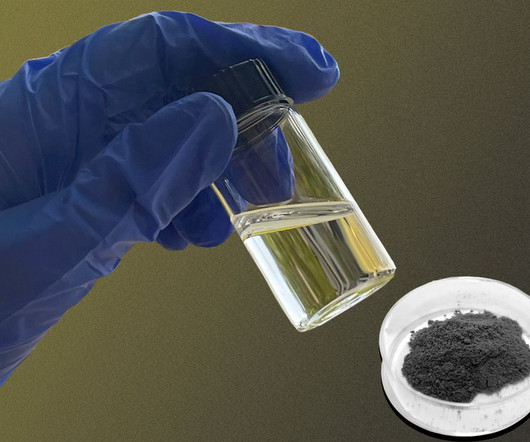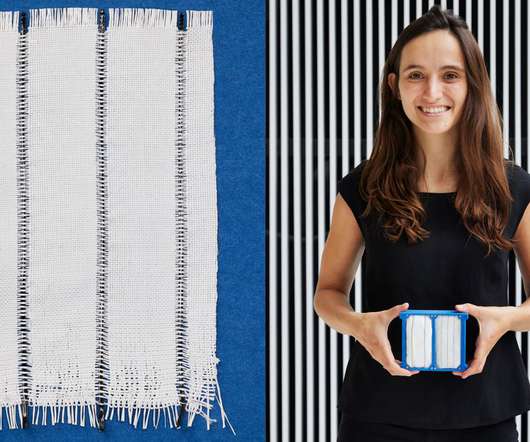A New Energy-Efficient Hydrogel Pulls Water From Air
Cars That Think
SEPTEMBER 21, 2023
The University of Texas at Austin Many of the materials used to pull humidity from air come with one particular con: If the substance absorbs water easily, it also requires a significant amount of energy to release that water later. The material is a hydrogel, a polymer network that naturally retains a lot of water.
















Let's personalize your content